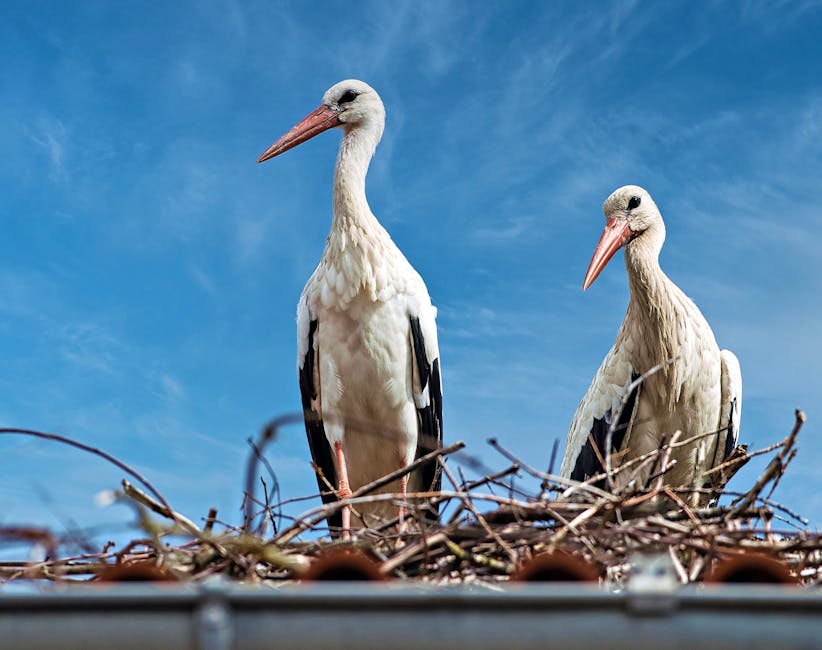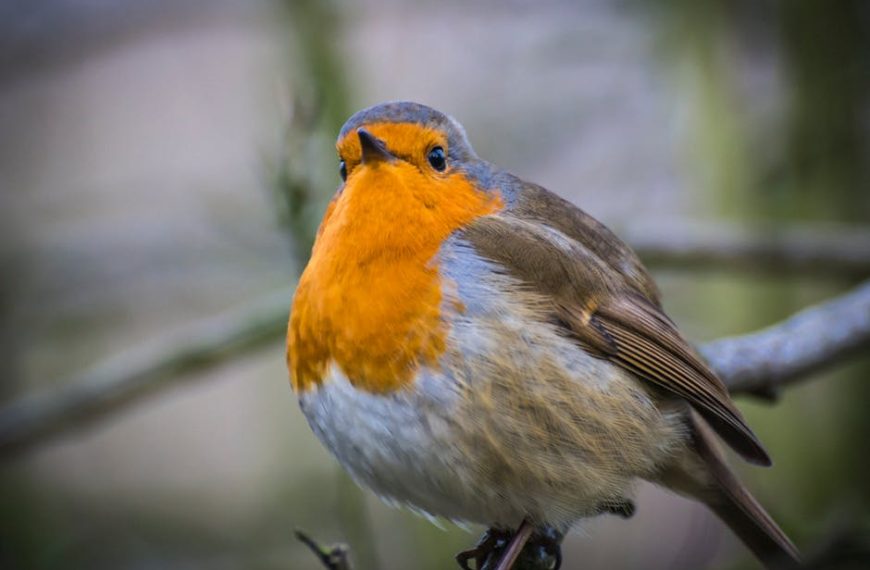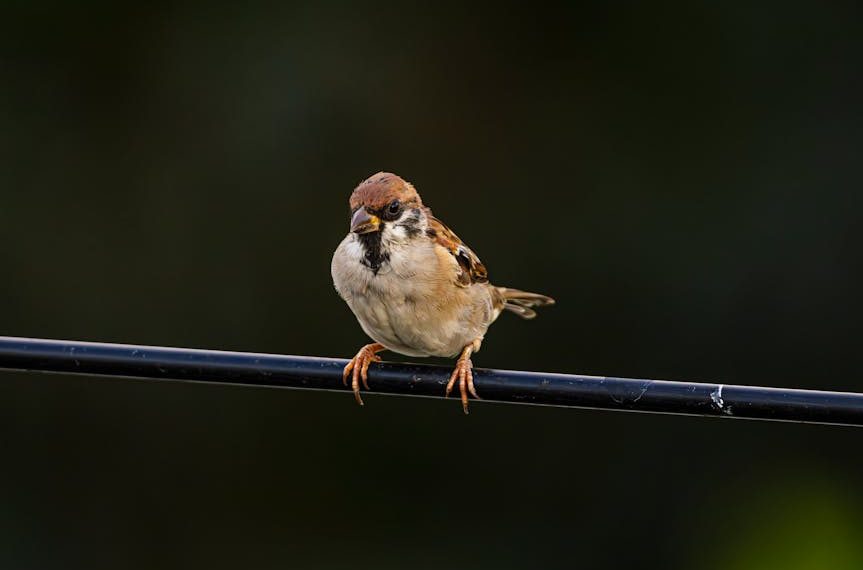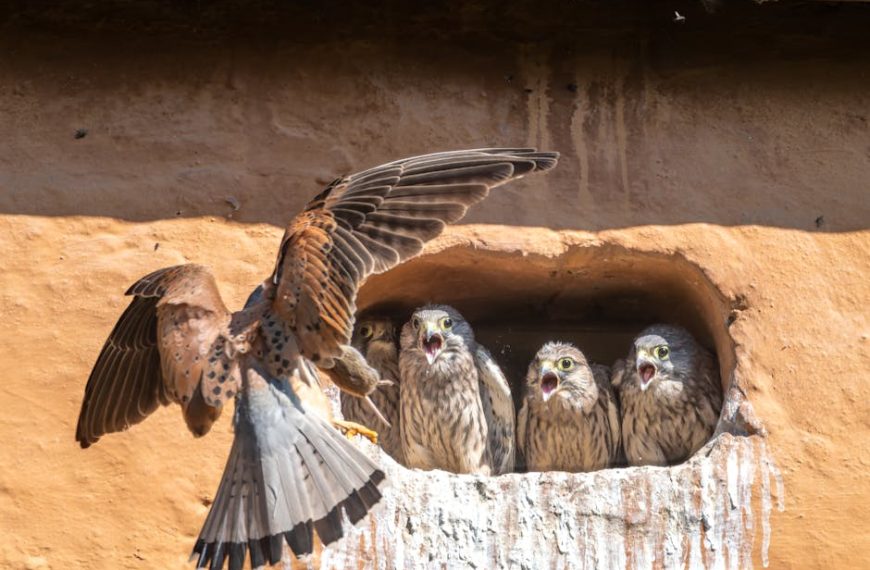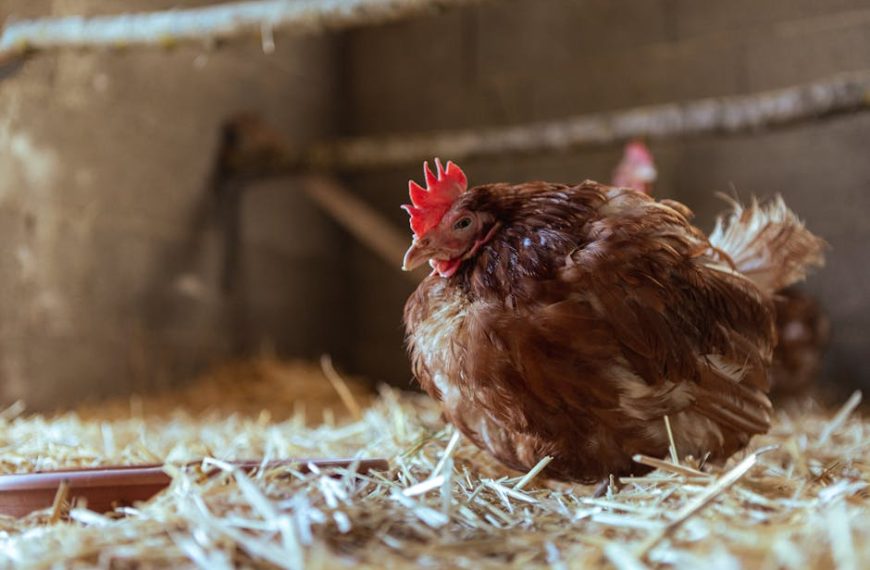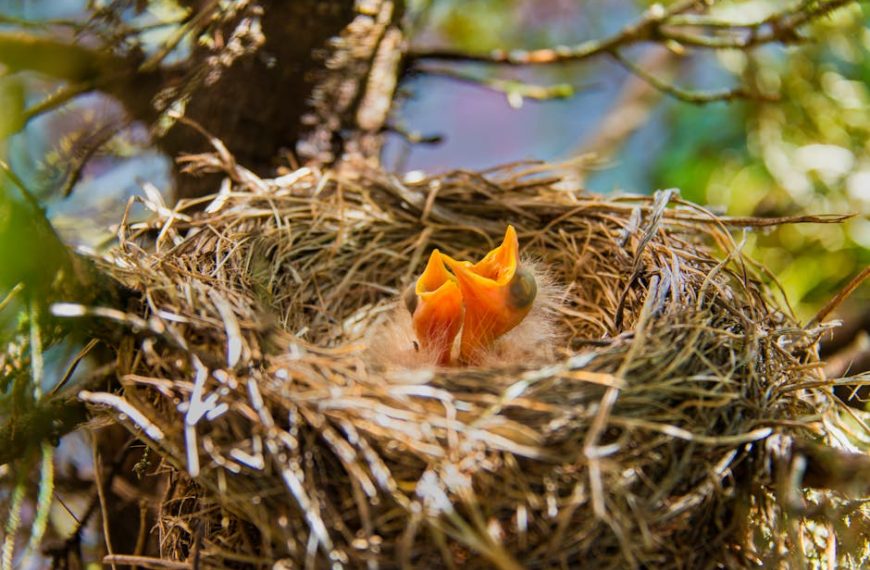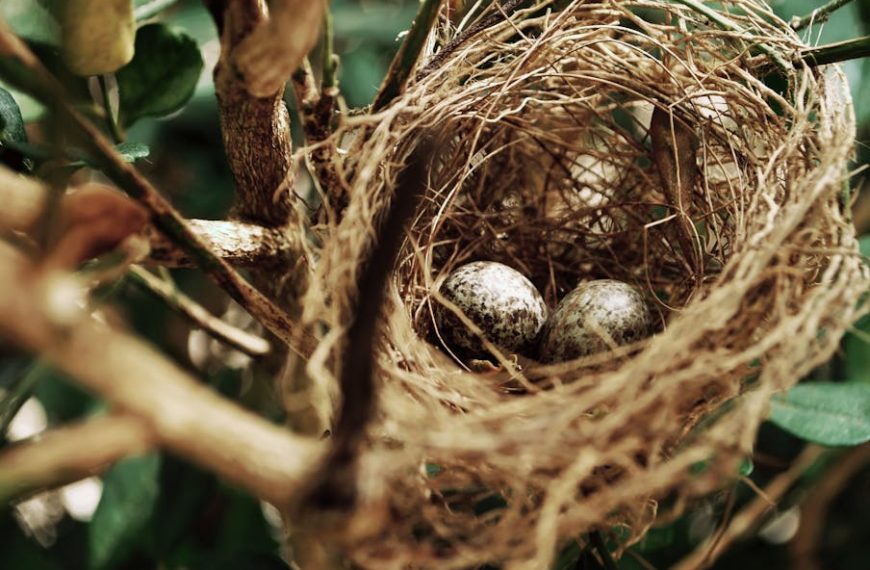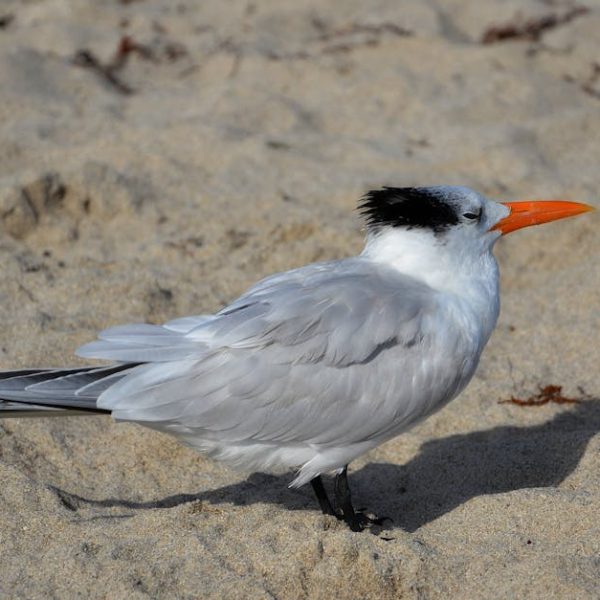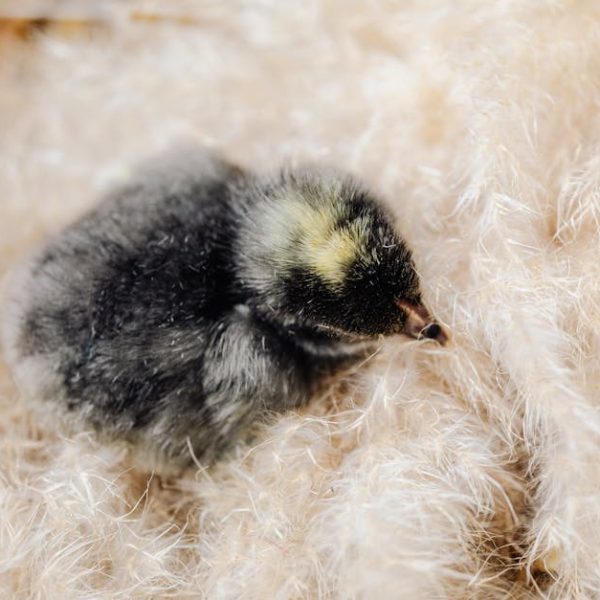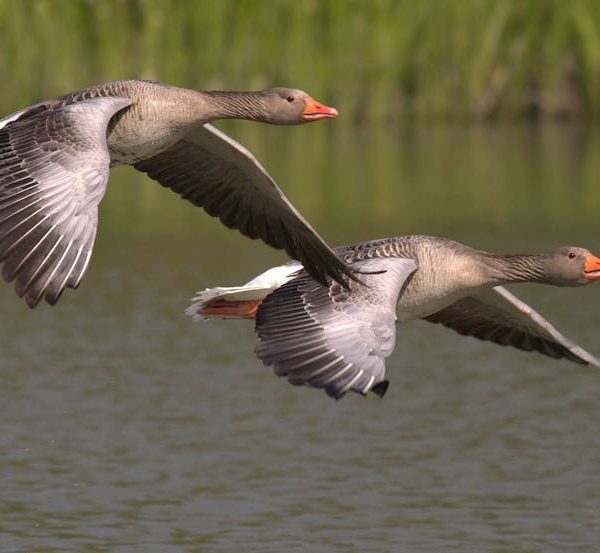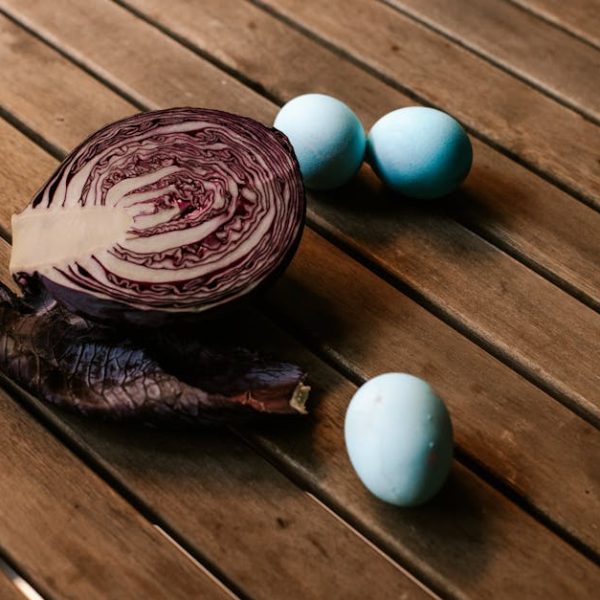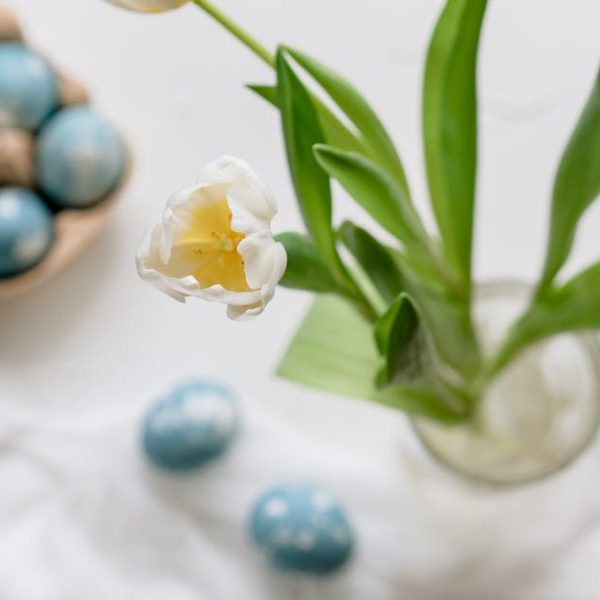When the spring air is thick with bird songs, and nests start appearing in the crotches of backyard trees, many casual bird-watchers begin to wonder, Do those feathered friends mate for life ? The answer is a little more complex, but the matching concepts of bird bonding and mating strategies are sure to fascinate you. In this article, we delve into the realm of avian mating behaviors while focusing on particular bird species commonly found in backyards that adopt monogamy – a strategy where birds choose partners to mate for life.
Understanding Bird Mating Behaviour
Birds are intriguing creatures, and their mating behavior is just as fascinating. While many bird species follow monogamy, opting to stay with one partner throughout their lives, plenty of other mating strategies exist. For example, many birds practice [‘polygamy’](https://www.merriam-webster.com/dictionary/polygamy), having more than one mate at a time. Yet others practice [‘polyandry’](https://www.merriam-webster.com/dictionary/polyandry), where a female bird mates with multiple partners.
- Monogamy (one mate for a lifetime)
- Polygamy (multiple simultaneous partners)
- Polyandry (a female with multiple partners)
Which Backyard Birds Mate for Life?
Among the plethora of bird species that visit our backyards, several are known to follow the monogamous mating strategy. They pair up with their partners, build nests, procreate, and share parental responsibilities. Some examples include:
- Mute Swans: These elegant, love-symbolizing birds create strong bonds with their partners. They help each other build nests, and share incubation duties.
- Mourning Doves: Recognized by their soft coos, these doves pair up in early spring and remain together until the end of the mating season.
- Bald Eagles: These birds of prey reveal a softer side when it comes to their partners, sharing responsibilities from nest-building to feeding the eaglets.
- Barn Owls: Famous for their heart-shaped faces, Barn Owls mate for life and may produce several broods together annually.
- Blue Jays: Known for their bright plumage and boisterous calls, Blue Jays form monogamous pairs and jointly raise their brood.
What Does Mating for Life Really Mean?
It’s essential to note that mating for life doesn’t mean birds spend every minute together. Most of these avian couples reunite each breeding season, sharing duties critical to the survival of their offspring, like building nests and feeding the young ones. Mating for life also doesn’t always mean total exclusivity. Many birds engage in what scientists refer to as ‘extra-pair copulation’, meaning while they have a dedicated partner, they might occasionally mate with others.
Remember, observing and understanding the natural behavior of birds is a vital part of bird-watching. As bird-lovers, it’s equally important to respect these creatures’ habits and not interfere with their ways.
Part one of the article ends here. The continuation of this article focuses on understanding the benefits of lifelong mating in birds and how to encourage monogamous birds in your backyard.
The Benefits of Lifelong Mating in Birds
Bird species that mate for life have developed this strategy as an evolutionary response to environmental threats and survival pressures. With lifelong partnerships, these birds enjoy enhanced survival rates for their offspring and other evolutionary perks.
- Better protection: Paired birds can protect their territory and offspring more effectively when aggressively warding off predators.
- Shared responsibilities: Tasks like nest-building, incubating eggs, and feeding chicks are shared, increasing the chicks’ survivability.
- Enhanced breeding success: Lifelong partners understand each other’s signals better, leading to more successful breeding.
How to Encourage Monogamous Birds in Your Backyard
Encouraging these birds to settle in your backyard can be a rewarding experience but requires some careful planning and management. Providing diverse food sources, ensuring adequate shelter, and maintaining cleanliness are all critical.
Here’s a quick checklist to get you started:
- Provide diverse food sources: Install bird feeders and offer a mix of seeds, fruits, and insects to cater to different dietary needs.
- Ensure adequate shelter: Providing safe nesting boxes or leaving dead trees in your backyard can provide vital nesting spaces.
- Maintain cleanliness: Regularly cleaning bird feeders and freshening water sources can reduce the risk of disease spread.
- Provide nesting material: Keep easily accessible nesting materials like twigs, leaves, and grass clippings.
However, it’s critical to understand that while birds enhance your backyard’s ecosystem, they can invite unwanted pests. Certain species may also get aggressive during the breeding season. It’s essential to research the species prevalent in your region and their specific behaviors before curating an inviting environment for them.
Bird mating strategies can range from monogamy to polygamy and even polyandry. But amongst the variety, there’s something undeniably special about those that mate for life. By understanding their behaviour and making efforts to support their habits, we can join them in their lifelong journey of partnership, building a better ecosystem right in our backyards.
Key Takeaway:
- Birds exhibit various mating behaviours, including monogamy, polygamy, polyandry, and promiscuity.
- Monogamous birds, such as Mute Swans, Mourning Doves, Bald Eagles, Barn Owls, and Blue Jays, commonly found in backyards, mate for life.
- The term mating for life indicates that birds reunite each breeding season. It doesn’t mean they spend all their time together, nor does it imply they only mate with each other.
- Lifelong mating in birds offers evolutionary advantages such as better protection for offspring, shared parental responsibilities, and increased breeding success.
- By creating an inviting environment, enthusiasts can attract monogamous birds into their backyards. Offering diverse food sources, adequate shelter, cleanliness, and nesting material are key to achieving this.
Bird-watching can be an adventure filled with discoveries about these fascinating creatures. While understanding their behaviours and respecting their natural ways, you can create a nurturing environment for these feathery friends to thrive in your backyard. Always prioritize the wellness of these creatures over mere observation.
FAQs
Q: How can I tell if the bird I am observing practices monogamy?
A: Observation is key. If you notice the same pairs together consistently, particularly during breeding seasons, they might be monogamous. Also, if both birds share tasks like nest-building and feeding chicks, it’s likely they mate for life.
Q: Why do some birds mate with others even when they have a dedicated partner?
A: This behaviour known as ‘extra-pair copulation’ is common in many bird species. It increases their chances of reproducing and strengthens their gene pool, contributing to the species’ survival.
Q: Can mating behaviours change in birds?
A: Yes, birds can alter their mating strategies depending on various factors, including environmental pressures, availability of mates, and changes in their habitat.
Q: How can I prevent unwanted pests that might follow the birds into my backyard?
A: Regularly cleaning bird feeders, providing fresh water, and maintaining overall cleanliness can help prevent unwanted pests. Also, selective feeding based on which birds you want to attract can help.
Q: Is it safe to touch or interact with the birds in my backyard?
A: It’s best to observe birds from a distance without disturbing them. Touching them might stress them out or expose them to human germs, negatively affecting their wellbeing.
We encourage you to explore more fascinating posts on our website and share this article with fellow bird-loving enthusiasts. Let’s work towards understanding and protecting our feathered friends better!
